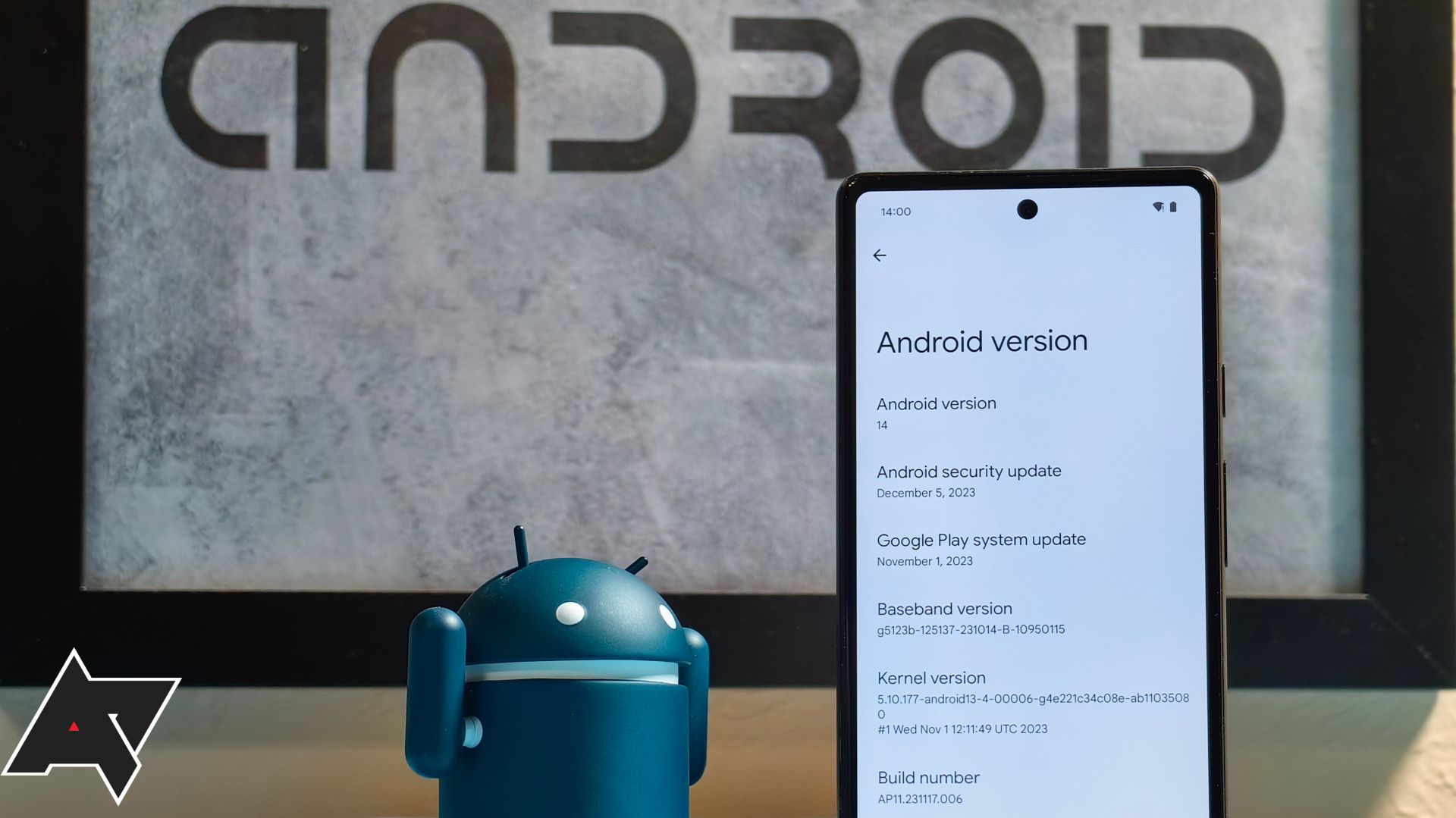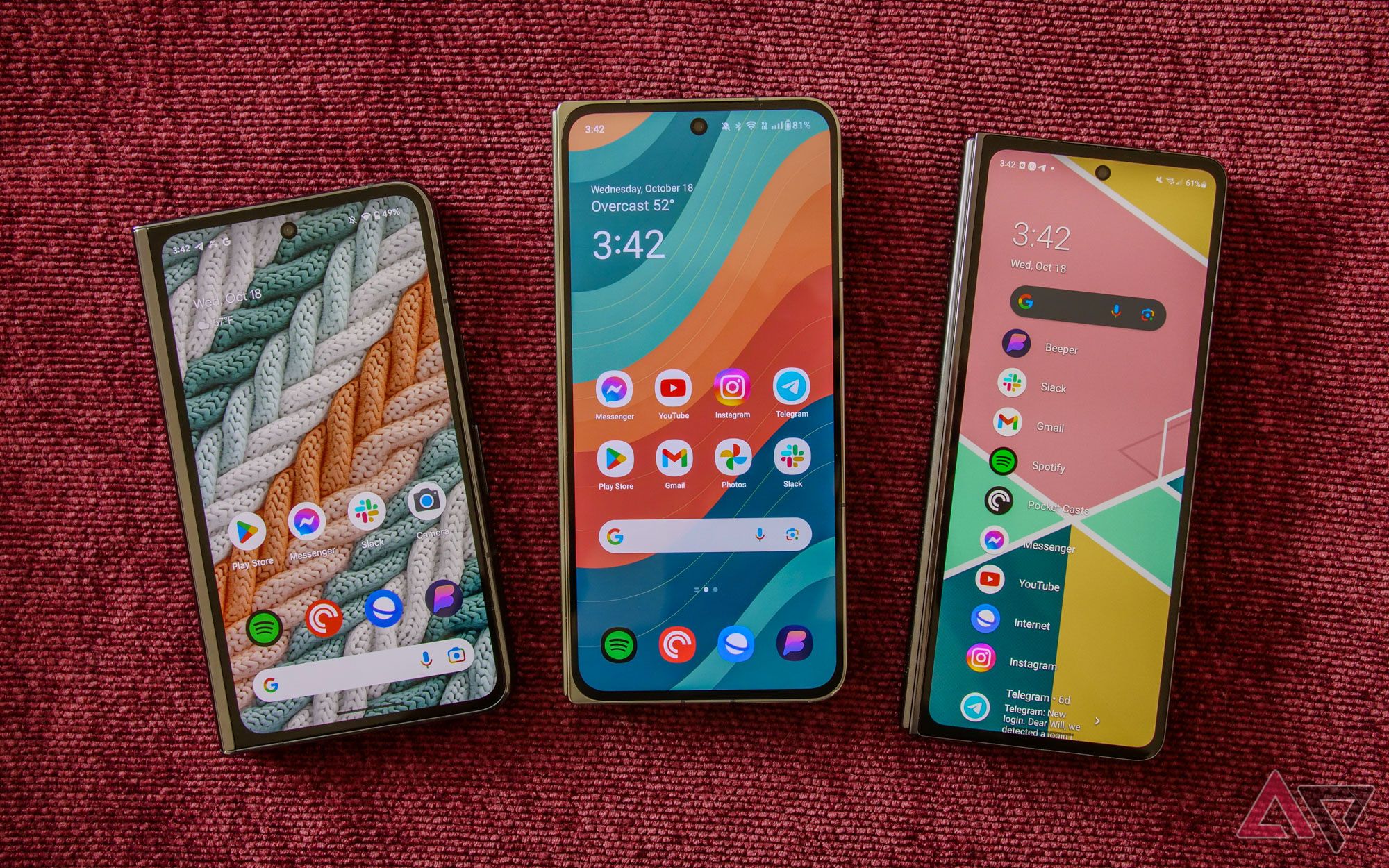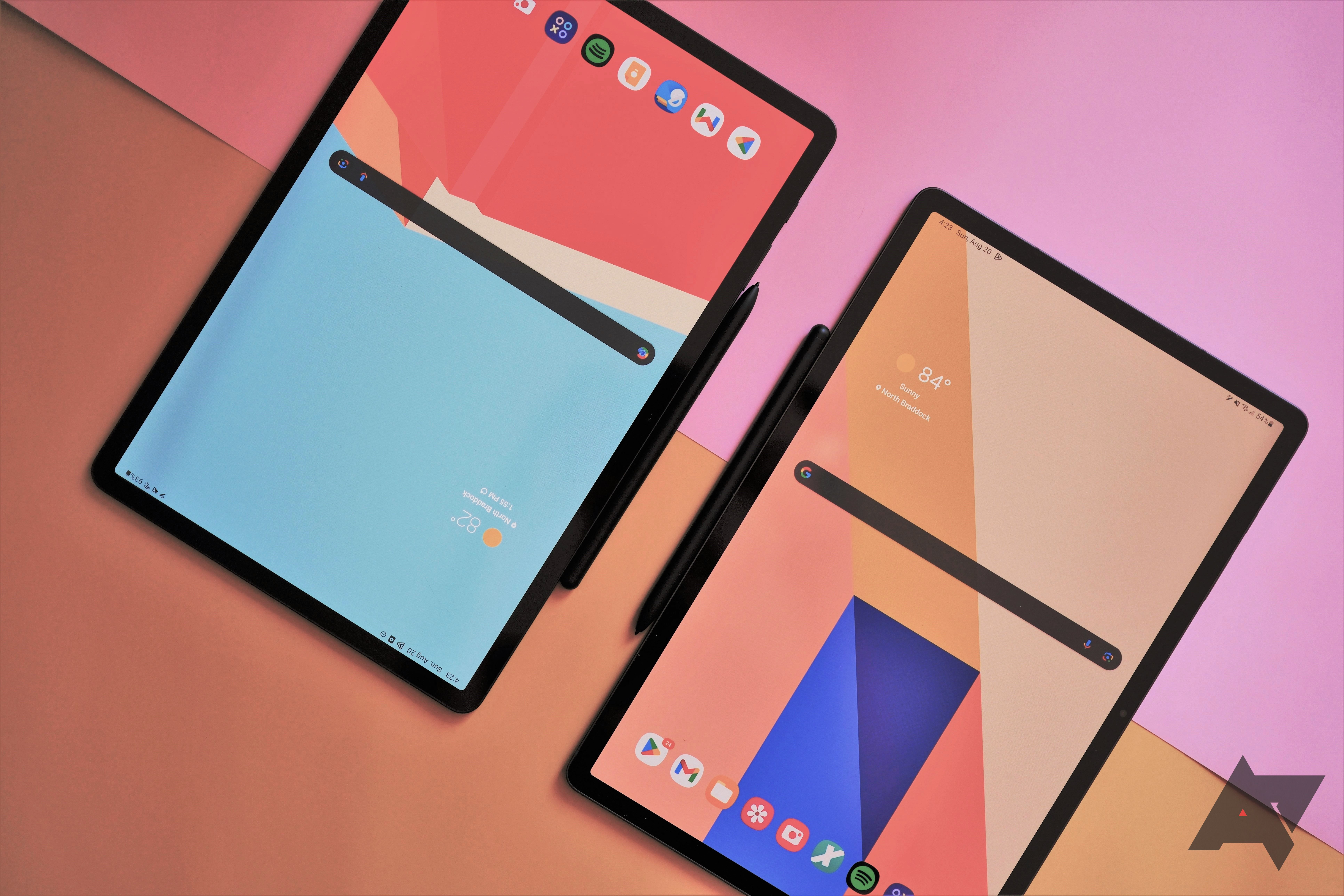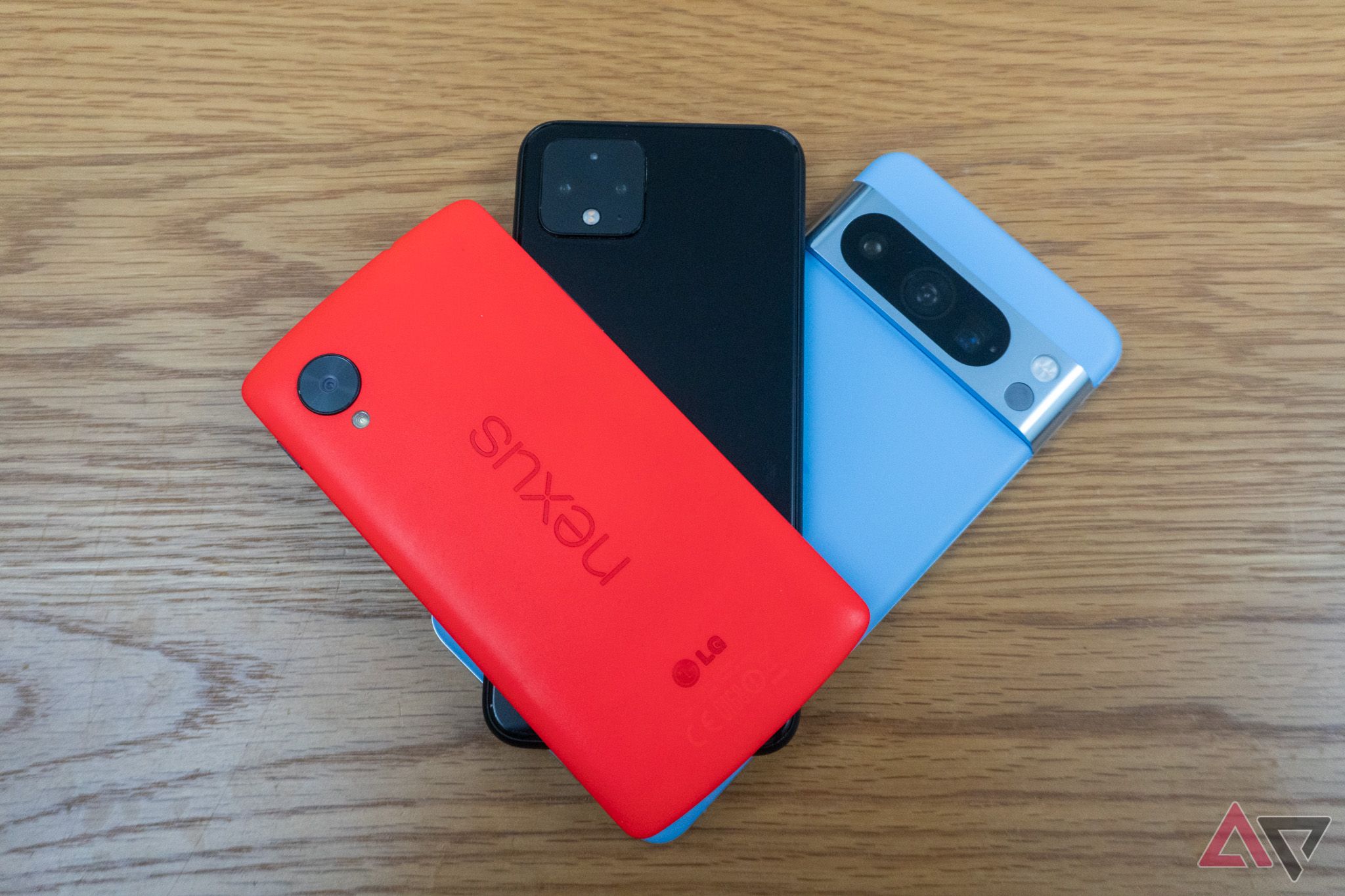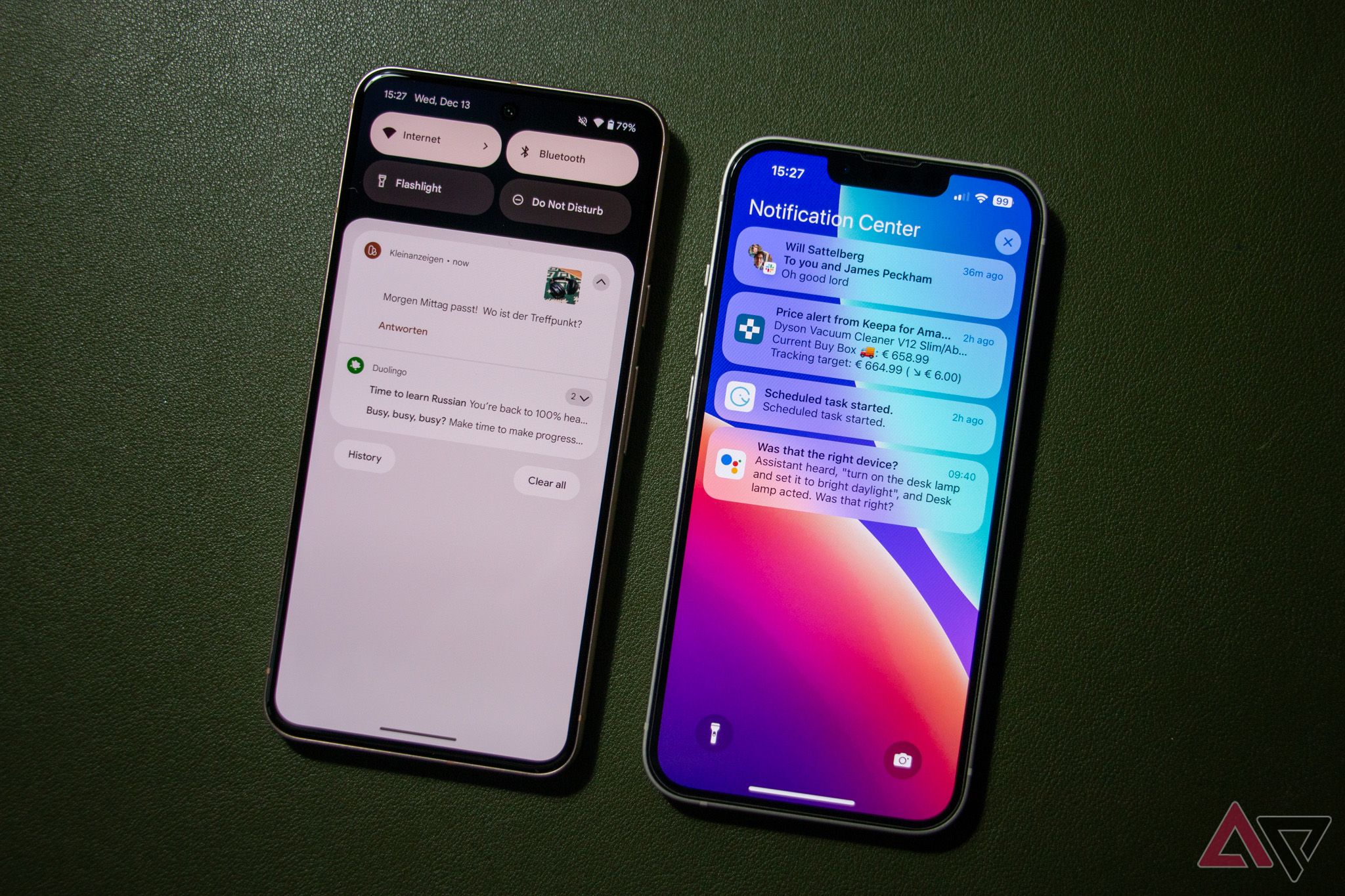In the long-standing debate of Android vs. iOS, Google’s operating system has time and again earned the name of being the more open choice. While Apple is known for its closed garden whose walls are only going up by the day, Google has been the ‘nicer’ alternative. But in the name of creating an interoperable ecosystem, Android is gradually turning into a closed-off system that keeps others out — including other Android brands. It’s almost like multiple versions of Android have come to exist simultaneously instead of one cohesive system, which is not only worse than Apple’s approach but is breaking a lot of things for the users.
When you pick up an Android phone, you expect it to work with all the Google services and the devices that are part of its software ecosystem, viz. Wear OS watches and earbuds. But as it turns out, that is not quite the case in real life. For example, Android Police founder Artem Russakovskii found that Google’s Pixel Watch 2 can sync DND and bedtime mode settings only with a Pixel phone, which is also valid for syncing your alarms. So, if you’re looking to pair the Pixel Watch with, say, a Samsung phone, you will have a broken experience with these features.
Vice versa, if you pair a Galaxy Watch with an Android phone not made by Samsung, you will have to jump through several hoops to get features like cellular connectivity and Samsung Pay up and running. And that’s exactly where the problem lies. Instead of Android becoming an ecosystem itself, individual brands are creating their own ecosystems, which leads to a less-than-ideal experience for end users who assume that Android products work better together, in part thanks to Google’s own marketing. And a broken product that often leaves you frustrated cannot compete with the seamless handshake Apple promises and delivers most of the time.
A broken product that often leaves you frustrated cannot compete with the seamless handshake Apple promises and delivers
Fragmentation within fragmentation
Multiple versions of Android have started to exist simultaneously
The term fragmentation has long been associated with Android. There are tons of smartphone makers across the board, and each one of them has a different software skin that runs on top of Android. Samsung has One UI, OnePlus has OxygenOS, Motorola maintains a clean interface, and Google Pixels have their own experience unlike any other.
In Google’s defense, it is certainly not an easy task to bring all of them under the same umbrella, while still honoring their differences and individuality. The company successfully makes sure that the basics work seamlessly across brands for a reliable experience by taking things into its own hands with the underlying Google Play Services, which is responsible for housekeeping and enabling features like Google Pay, Google Cast, device backups, Quick Share (née Nearby Share), etc.
However, at a time when Android is fighting a losing war with iOS in the US, with the latter’s ecosystem advantage being a strong selling point, Google needs to do more to create a richer ecosystem of its own. One where more features beyond the basics work across devices, and Google is the only link in the chain that can ensure proper interoperability between brands.
Other smartphone makers saw the gap Google left and jumped on the opportunity with their own solutions, which of course work only within their own device portfolio. There is so much you can do if you have both a Samsung phone and a Samsung tablet, like syncing notifications and sharing accessory — the same is valid for OnePlus and other brands. While one cannot (and shouldn’t) prevent these brands from creating their own ecosystems, Google must ensure there is a baseline maintained so that at least the basic stuff isn’t broken, like in the case of Artem.
And as it is said that charity begins at home, Google should fix its own products first and lead the way.
The Pixel difference — but how far can it go?
Which is more important for Google, Pixel or Android?
Google had to start competing with other Android phone makers to set the bar and show off its vision for the future of Android, and it began that project with its Nexus lineup. Later on, with the Pixel phones, the company doubled down on its smartphone offering. So, Google is now serving two purposes that sort of contradict each other. It has its smartphone brand with a distinct hardware and software identity, but on the other hand, it also makes AOSP (Android Open Source Project) and its proprietary Google services available to other brands to build Android devices on.
By doing this, Google is competing with itself. While that’s philosophically a good thing, it’s starting to work against the idea of Google being the central software custodian for all Android phones.
While competing with oneself is philosophically a good thing, it’s starting to work against the idea of Google being the central software custodian for all Android phones.
The hardware and software identity of Pixels is cementing with every new generation. While recent models have set how Google phones look (and they look pretty darn good with a unique design), the software is what’s keeping them separate. There are a ton of features exclusive to Pixel phones that never make it to other phones, like Call Screening and Now Playing to mention just two, while others come to other Android phones a year or two after staying exclusive to Pixels.
There is also a class of features that are free for Pixel users and discriminatingly require a Google One subscription on other Android phones, like several Google Photos features. At CES 2024, Google also announced a new way to ‘throw’ the music playing on your UWB-enabled Pixel phone to the Pixel Tablet, similar to what you can do with an iPhone and a HomePod. This feature is once again exclusive to Pixel phones and there is no confirmation whether it will arrive on other Android phones with a UWB radio. While Google itself is creating this gulf, many brands are already contemplating taking it a few steps further.
Further division is happening with companies like Amazon completely ditching Android. After using AOSP-based Fire OS (sans any Google apps) for years, Amazon will reportedly replace it with its own Linux-based OS to power all its smart devices. Similarly, Huawei is also looking to end its support for Android apps on its HarmonyOS, severing the last thread holding the two together. With these changes in place, you won’t be able to sideload the Google Play Store or any Android apps on devices from Amazon and Huawei anymore. Further, Amazon has teamed up with Matter to bring its own Google Cast alternative to Fire and Echo devices for its music and video streaming services.
Serving it to Apple on a silver platter
All this confusion makes Apple’s ecosystem look better
This fragmentation goes against the very spirit of Android, and only Google holds the magic bullet to tie everything together.
The disharmony within the Android family has started to make Apple’s alternative look uncomplicated and more desirable in comparison. You don’t have to constantly think about whether one Apple product will work with another — it just works like it always has. In contrast, Android is going down the path where it is getting further fragmented, pushing you to invest completely in either Google’s or Samsung’s ecosystem to make the most of your devices. It goes against the very spirit of Android, and only Google holds the magic bullet to tie everything together.
CES 2024 saw Google take some solid steps in that direction with the integration of Nearby Share with Samsung’s Quick Share, Chromecast built-in for LG TVs, and Fast Pair for Google TV. However, there remains a lot for Google to do to make Android one close-knit system instead of looking like a broken, dysfunctional family.
Thanks: Eduardo

Alex Mitchell is your go-to expert for all things mobile. With a passion for the latest smartphones, apps, and mobile innovations, Alex provides in-depth reviews, insightful analyses, and breaking news about the ever-evolving world of mobile technology. Stay connected with Alex to navigate the fast-paced realm of mobile devices.

